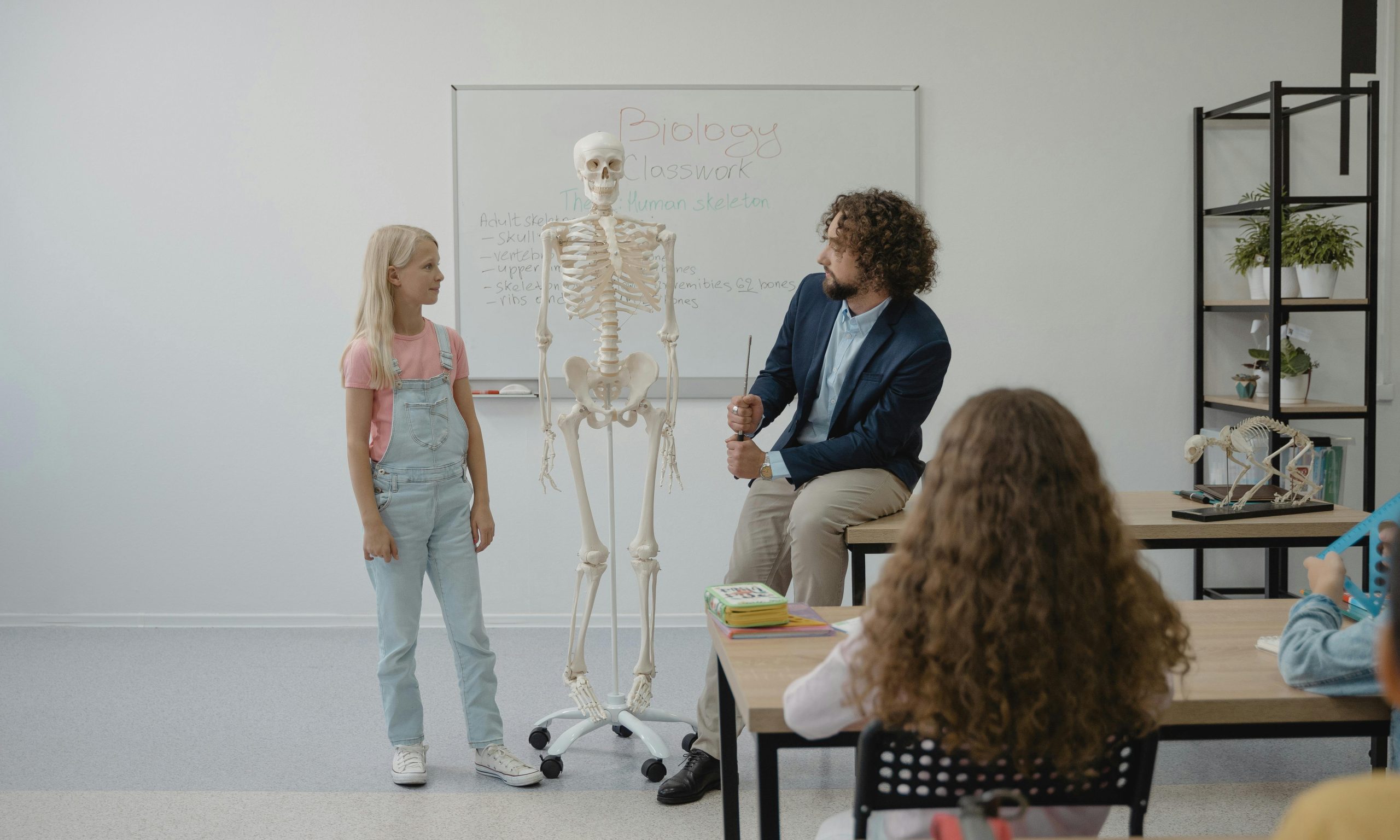Teachers up and down the country face the same challenge in these testing times with the attention spans of students suffering from the latest wave of technology. How can you engage students and keep them on-task for an extended period when outside of school they can be watching 15 second clips of dopamine inducing content. We understand the trials you face as a teacher or a parent and we’ve been testing out a new approach over the past few years.
The idea being to bring the teaching closer to home, engage students by linking the subject matter to the real world, their world. Zoos and aquariums use the same principle to draw attention to species in far-flung lands and make us care about them, feel that they really exist and need our protection. How can you become excited and engaged enough with the troubles of the lions of the savannah when you have never seen a lion up close? By looking into their eyes and seeing that they are not only real, but are alive and vulnerable, charities build support and we open our wallets.

Why would students benefit from real-world examples in school?
Think of history for a moment, think about your time at school in class learning about World War 1 for example. In the UK, teachers tell us the basics, the trenches, the bullets and the rats. We remember these key principles not only because they are vivid and exceptional to our everyday lives, but because we learned about the Allies and we are on the same side. The British, French and Americans all fought against a common enemy and this is a real-world example that every student simply holds on to, at least those key themes. Trenches, bullets, rats.
What about IT teachers? How can we bring real-world examples from digital technologies?
The digital and the physical are inseparable. We interact physically with information technology on a daily basis and many of us rely on these interactions for our living. We also rely on the proper implementation of technology to keep us safe and this is an opportunity for using a real world example. Take cybersecurity for example. On its own it can be difficult to engage students with and keep their attention because its abstract, its programming and its a word salad of jargon.
So why not build in a real-world scenario that students can understand and can care about. Remember you only care about the lions after you have seen them face to face. Every day it becomes more difficult to determine what is real and what is AI-generated; the reality is that everyday people like our parents and grandparents are fooled into letting their data slip. This can be benign and result in email spam (everybody suffers from this) and it could be more severe leading to the loss of even the most precious of assets. Businesses face the same struggles and so use Know Your Customer – KYC Verification to determine who they are working with. By bringing the risks home and relating them to us as individuals we are much more inclined to remember these key ideas. Trenches, bullets, rats.
What about science lessons? What can we do to make science engaging?
Science is all around us and it is our job as teachers to poke and prod and students to get them to realise this. You can take the most basic method of visits to local sites such as sewage works (I visit I could never forget), this provides the strongest possible link to a process like water purification. Prepare students before the visit with active question and answer sessions, ask them how they think sewage is treated? What do they think happens when they flush the toilet? A fun warm up session to set up some basic thinking about the subject, followed by the visit is the best approach. Then, the key is to ask them what they remembered. You cannot go wrong here, simply recall whatever you can about the subject, this could be a group activity where you ask them to produce a mind map as a poster. Then have them share it with the class and as they go, you take the opportunities to add context.
More subtle approaches would be to set up individual projects to research local sites like beaches. Ask students where they have visited in the past and then assign them that location. They will remember subtle details like the sand was white and soft, then they can discover that the sand is soft because of the very fine particles. This can lead to a rich network of investigation where they learn about types of rocks and erosion, perhaps a boring topic at the face of it, becomes an exciting trip down memory lane.
Could you use real-world examples in maths?
Certainly! Any subject could be linked to real-world examples with enough creativity. You need not visit Ancient Greece and talk to Archimedes himself to see mathematics in the flesh. Right there is an instance that could bring some students back from the brink of giving up on maths. Historical examples of the real-world like calculating the speed of a cannonball or the flow rate using an Archimedes Screw are clearly a link to the physical.
Creativity is the key and also an eye for what piques the interest of students. Look out for a giggle or a curious question and pull on the thread.
Conclusion
Teaching may be getting more difficult, but we as teachers need to rise to the challenge and adapt our methods. Students more often than not are happy to learn if only you can keep them interested and curious about the subject at hand. Put down the textbooks and engage students with real-world examples that will shake them at the shoulders and instil lifelong messages that they will never forget.
Trenches, bullets, rats.
